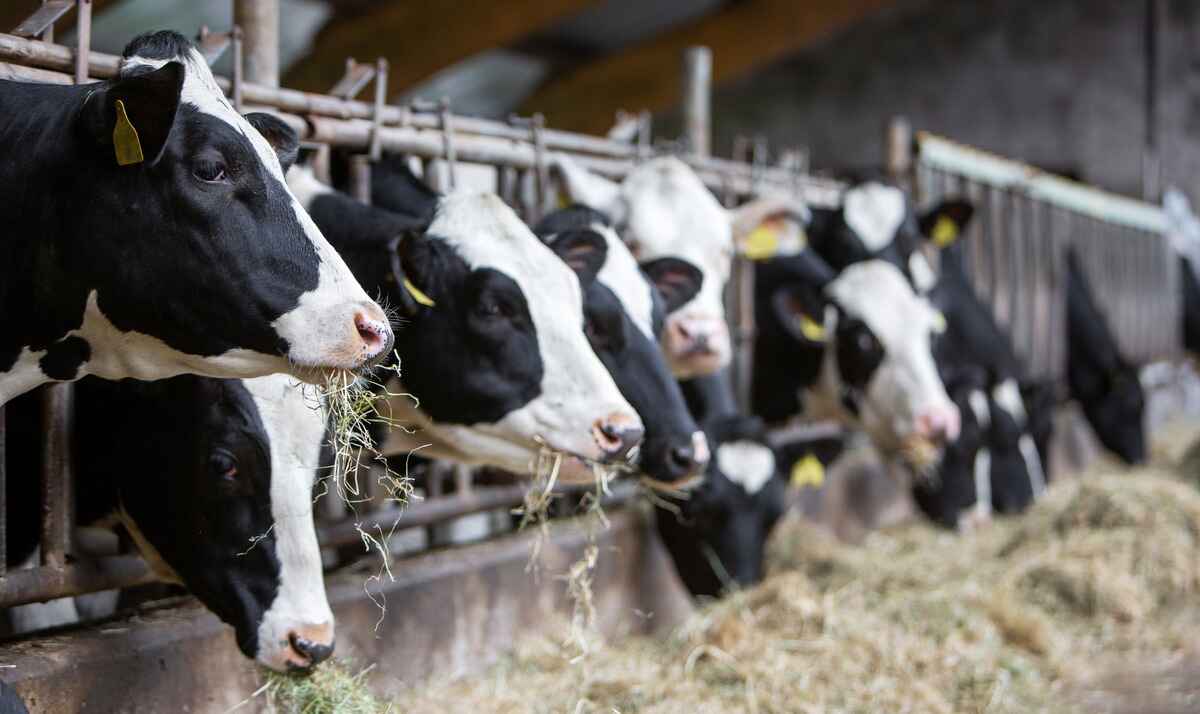
Popular Locations
- Yale New Haven Children's Hospital
- Yale New Haven Hospital - York Street Campus
- Yale New Haven Hospital - Saint Raphael Campus

Published April 24, 2024

The recent spread of H5N1 or avian flu from wild birds to other animals is raising questions about the potential for widespread illness in humans. Cases of bird flu have been identified in cows, sea lions, seals, dolphins, and minks. While rare, it can also infect humans.
“When bird flu does infect a human, the mortality rate is about 50%” said Yale New Haven Hospital Infectious Disease specialist Scott Roberts, MD, assistant professor in infectious diseases at Yale School of Medicine. “For that reason, there’s a lot of concern about how this will adapt. Is it going to evolve and lead to a human pandemic down the road?”
Human strains of the flu are typically spread through respiratory transmission. However, Dr. Roberts says it’s likely humans and other animal species are getting infected with bird flu in other ways. For example, an animal may eat an infected bird, or a human may encounter a contaminated bird’s secretions, or touch their eyes after touching a sick bird.
Symptoms are similar to the regular flu including fever, cough, sore throat, runny nose and body aches. One person who had a confirmed case also presented with an eye infection.
Currently there have been rarely identified cases of human-to-human transmission, so the likelihood of getting bird flu is very low. It’s more likely to appear in people who have close contact with sick animals, like poultry farmers. Therefore, testing is not currently recommended for the average person. However, anyone with symptoms who works on a farm should tell their doctor.
Fortunately, Tamiflu, which is also used to treat H1N1 and H3N2 appears to be effective at blocking the viral replication in H5N1.
Since bird flu has been showing up in cows and chickens, should we worry about the milk and eggs we eat? The U.S. Food and Drug Administration (FDA) says remnants of bird flu have been found in samples of pasteurized milk but deemed the milk supply safe because it was not a live, viable virus.
“There's little risk of transmission in eggs and milk because you need to have direct contact with the infected animal itself. But more than that, the pasteurization process would kill any viable virus in there,” said Dr. Roberts.
In addition, farmers are incentivized to swiftly identify and kill sick flocks to prevent these products from ever entering the supply chain. To be on the safe side, Dr. Roberts recommends avoiding raw products, and instead sticking to pasteurized milk and eggs.
Of course, people should also avoid areas of outbreak. Because while the threat of bird flu to humans is currently low, Dr. Roberts says current trends should serve as a warning because the virus can and will continue to mutate over time and the news of remnants found in milk shows the outbreak is likely more widespread in dairy farms than originally believed.
“People are certainly more aware of the threat of pandemics now than they were five years ago,” said Dr. Roberts. “In contrast to COVID, we know this is circulating and we know this is a growing problem. So hopefully that gives us enough planning time where we can stop any future potential pandemics 10 years down the road.”